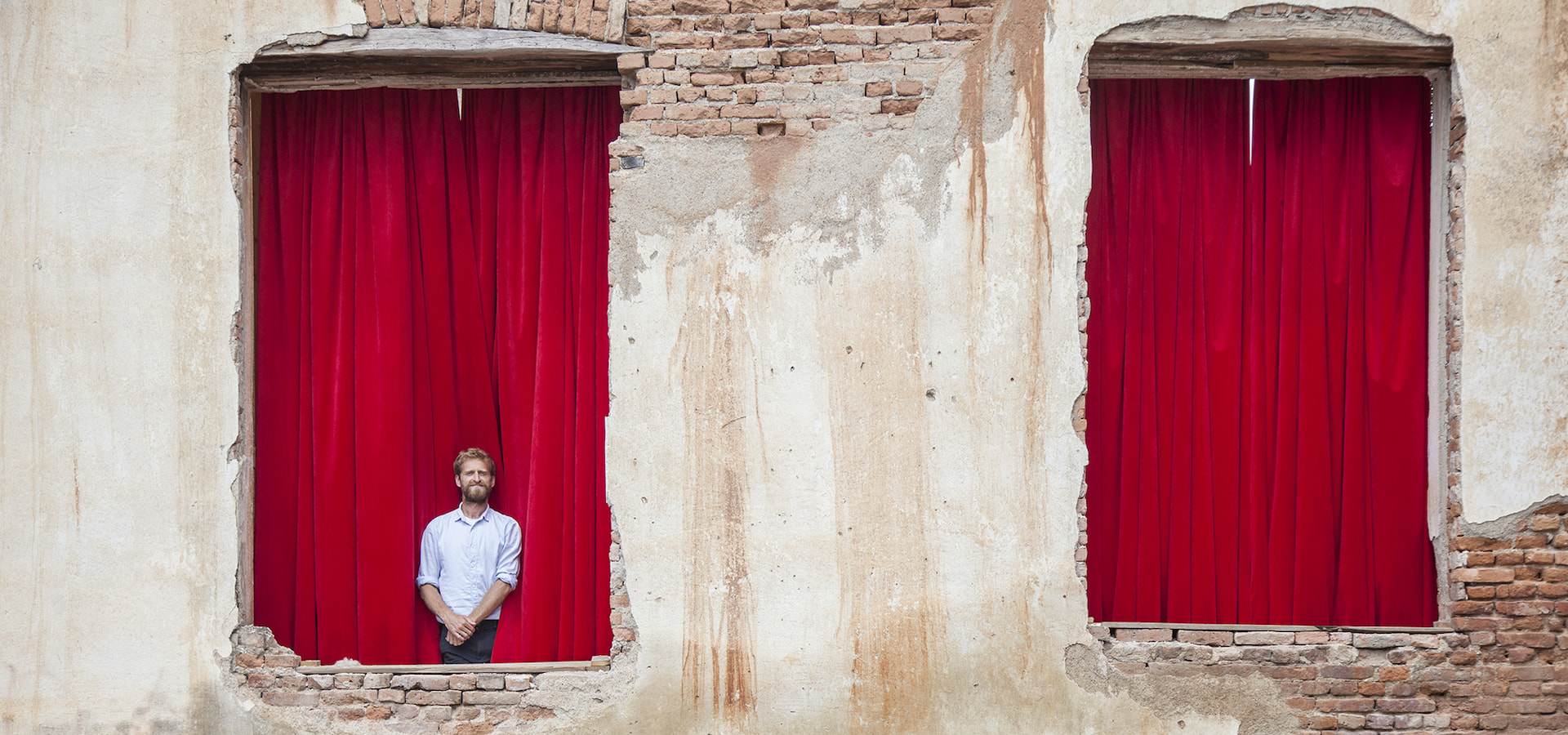
The little revolution of Runik
Town's House of Culture to host first show in nearly 30 years on Saturday.
|05.07.2018
|

Cristina Marí
Cristina Marí is a board member of K2.0. Cristina has a bachelor’s degree in journalism from the University Complutense of Madrid in Spain and the University of Bucharest, Romania.
This story was originally written in English.